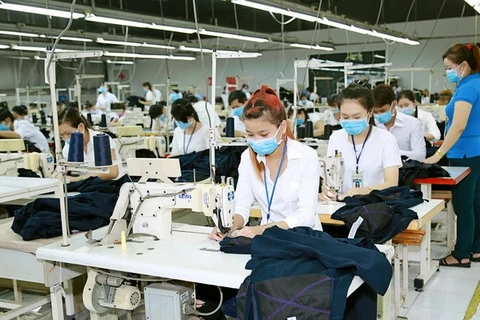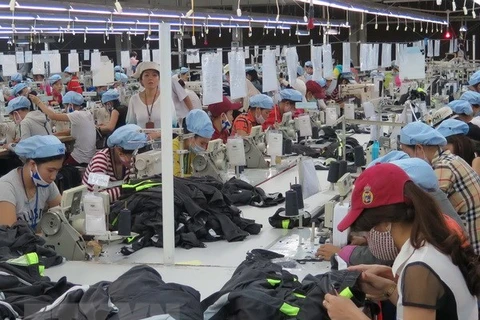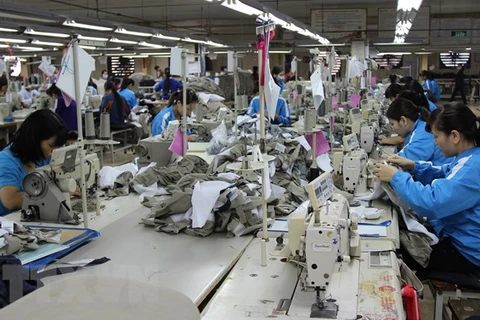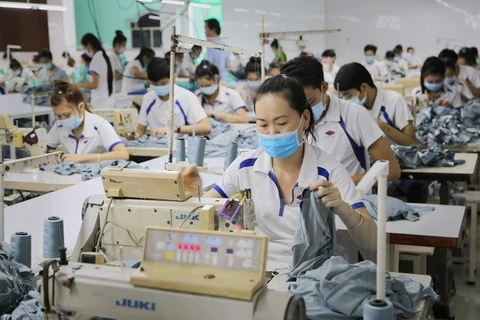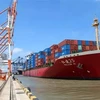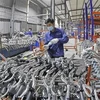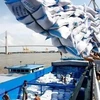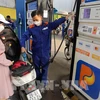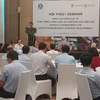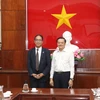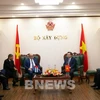Hanoi (VNA) - Vietnamese textiles firms were updated on the potential prospects, advantages, and barriers that are to brought about by the Comprehensive and Progressive Agreement for Trans-Pacific Partnership (CPTPP) and the European Union-Vietnam Free Trade Agreement (EVFTA) at a workshop in Hanoi on July 18.
Organised by the Vietnam Textile and Apparel Association (VTAA), the event also provided information related to assistance from the Government for the textile and garment industry given the context of the official signing of the CPTTP, and the soon-to-be signed EVFTA which is currently under legal review.
Experts said the EVFTA marks a new generation in free trade agreements (FTAs) between Vietnam and the 28 EU member nations. Of all Vietnam’s FTAs with partner regions and countries, those with the EU have been the most committed thus far and as such hold significant importance to local industries.
The CPTPP was officially inked on March 9, 2018 between 11 countries, making it easier for promoting economic growth and opening the market amongst one of the world’s largest free trade blocs, with nearly 500 million people and a GDP of over 10 trillion USD, accounting for 13.5 percent of the global GDP.
Meanwhile, the EVFTA is split into two sub-agreements on trade and investment. Both signing parties have officially announced the completion of their legal reviews of the agreement on trade. Of note, Vietnam became the EU’s second largest trade partner in ASEAN after Singapore, with a trade value of 47.6 billion EUR (nearly 55.3 billion USD) in 2017.
Tran Thanh Hai, Deputy Director of the Department of Import-Export under the Ministry of Industry and Trade, said there are many great opportunities for Vietnam’s textile and garment industry to capture when the agreements take effect.
However, in order to reap the benefits of the CPTPP, Vietnamese textile and garment enterprises will have to face many difficulties, especially in meeting regulations and requirements related to origin of goods, Nam said.
He noted that local firms would also have to overcome challenges in the large and fast investment trends of foreign investors in Vietnam.
The labour productivity of domestic textile and garment businesses remains low, and as such their competitiveness on the international market is still weak compared to foreign rivals.
Vu Duc Giang, Chairman of the VTAA, stressed the need for Vietnamese textile firms to focus on training human resources, renovating production lines, promoting cooperation, and effectively implementing investment projects.
Attention should also be paid to increasing investment in technological application and building specific business and production strategies, which could thus meet strict market requirements, he said. -VNA
VNA

